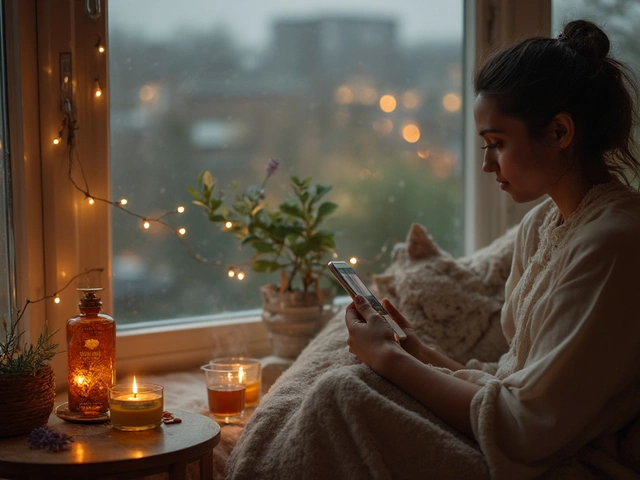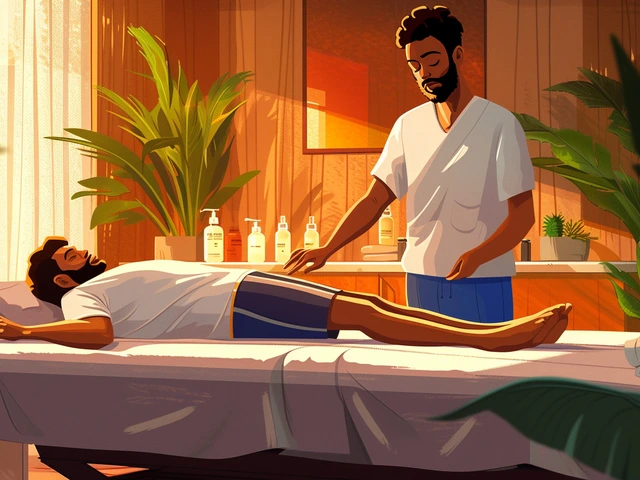Reducing Anxiety: Simple Daily Tools That Actually Help
When anxiety hits, small actions can stop the spiral. This page gives clear, practical steps you can use every day to reduce anxiety and feel more in control. No fluff—just things that work.
Quick Daily Practices
Start with breath work. Try 4-4-6 breathing: inhale 4 seconds, hold 4, exhale 6. Repeat five times. Slow breathing calms the nervous system fast.
Grounding helps when your mind races. Name five things you see, four things you feel, three sounds, two smells, one taste. It brings you back to now.
Move your body. A ten minute brisk walk or gentle stretching lowers stress hormones and clears your head.
Progressive muscle relaxation eases physical tension. Tense each muscle group for five seconds, then release. Move from feet to face.
Limit caffeine and sugar spikes. They magnify jitteriness. Swap one drink a day for water or herbal tea.
Use a short mindfulness practice. Close your eyes for two minutes and focus on breath or body sensations. Even tiny pockets of practice build resilience.
Biofeedback and heart rate variability tools can give fast, visible feedback so you learn what calms you. Try a simple app or a basic wearable for guided sessions.
Aromas like lavender or citrus can soften stress in moments. Use a diffuser or inhale from a cloth for quick relief.
Healthy sleep matters. Keep a regular bedtime, avoid screens an hour before sleep, and wind down with a relaxing ritual like reading or a warm shower.
Create a worry list. Give yourself ten minutes to write worries, then set them aside. Externalizing reduces looped thinking.
When to Seek More Help
If anxiety limits your work, relationships, or daily tasks, get professional support. Therapists use tools like cognitive techniques and exposure that reduce avoidance and build confidence.
Medication can be a useful short-term aid for many people while learning coping skills. Group classes for mindfulness, biofeedback, or relaxation provide practice and community support.
Practical habits that help long term: Set small, reachable goals daily. Feeling capable reduces helplessness. Keep a balanced diet with omega-3 rich foods and steady meals to stabilize mood.
Schedule regular massage or bodywork to release chronic tension and improve sleep. Track progress. Note two small wins each day to shift focus toward what works.
Try this five minute routine when anxiety spikes: sit with feet flat, breathe 4-4-6 twice, name five things you see, scan and relax muscle groups, then sip water slowly. Repeat this routine twice a day as practice so it becomes automatic during stress.
If you use an app for biofeedback, practice the same routine while watching your heart rate drop; that feedback speeds learning. Keep a short list of emergency contacts, calming phrases, and preferred distractions on your phone.
Reducing anxiety is a skill you build. Use short practices, steady habits, and professional support when needed. You can get calmer without rewriting your life—one small step at a time. Start today with one small practice and repeat daily.
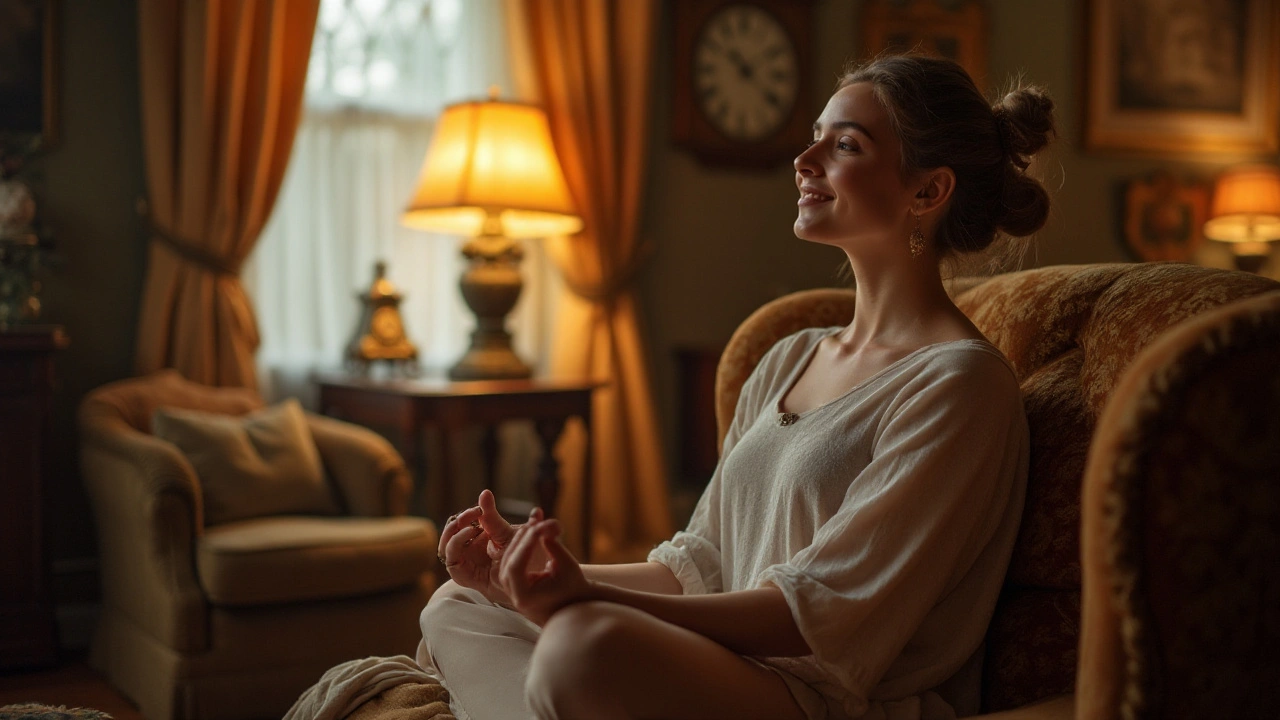
Mastering Relaxation Techniques: Your Ultimate Guide to Reducing Anxiety
Anxiety can feel like an unwelcome guest that never leaves, but there are ways to reduce its impact on your life. This article explores effective relaxation techniques that can serve as powerful tools against anxiety. From the ancient practice of meditation to the soothing art of visualization, readers will discover methods that promote mental calmness and emotional balance. Each technique is designed to fit comfortably into a busy lifestyle, ensuring that relaxation is within reach even on the most hectic days.
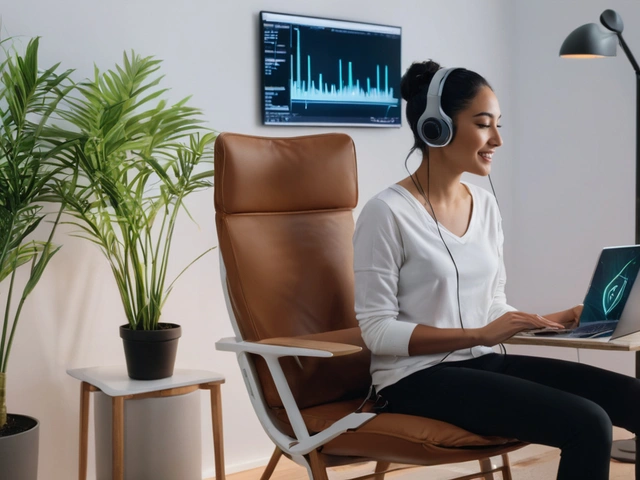
Biofeedback Techniques for Stress-Free Living
Aug, 1 2024
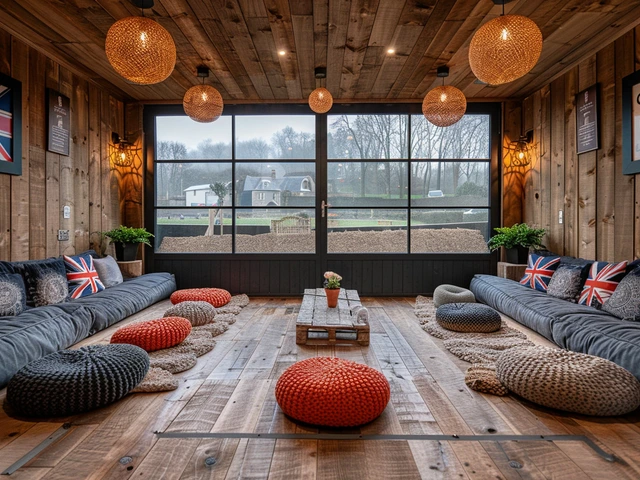
Ancient Thai Bodywork: A Timeless Healing Art
Jun, 27 2024
